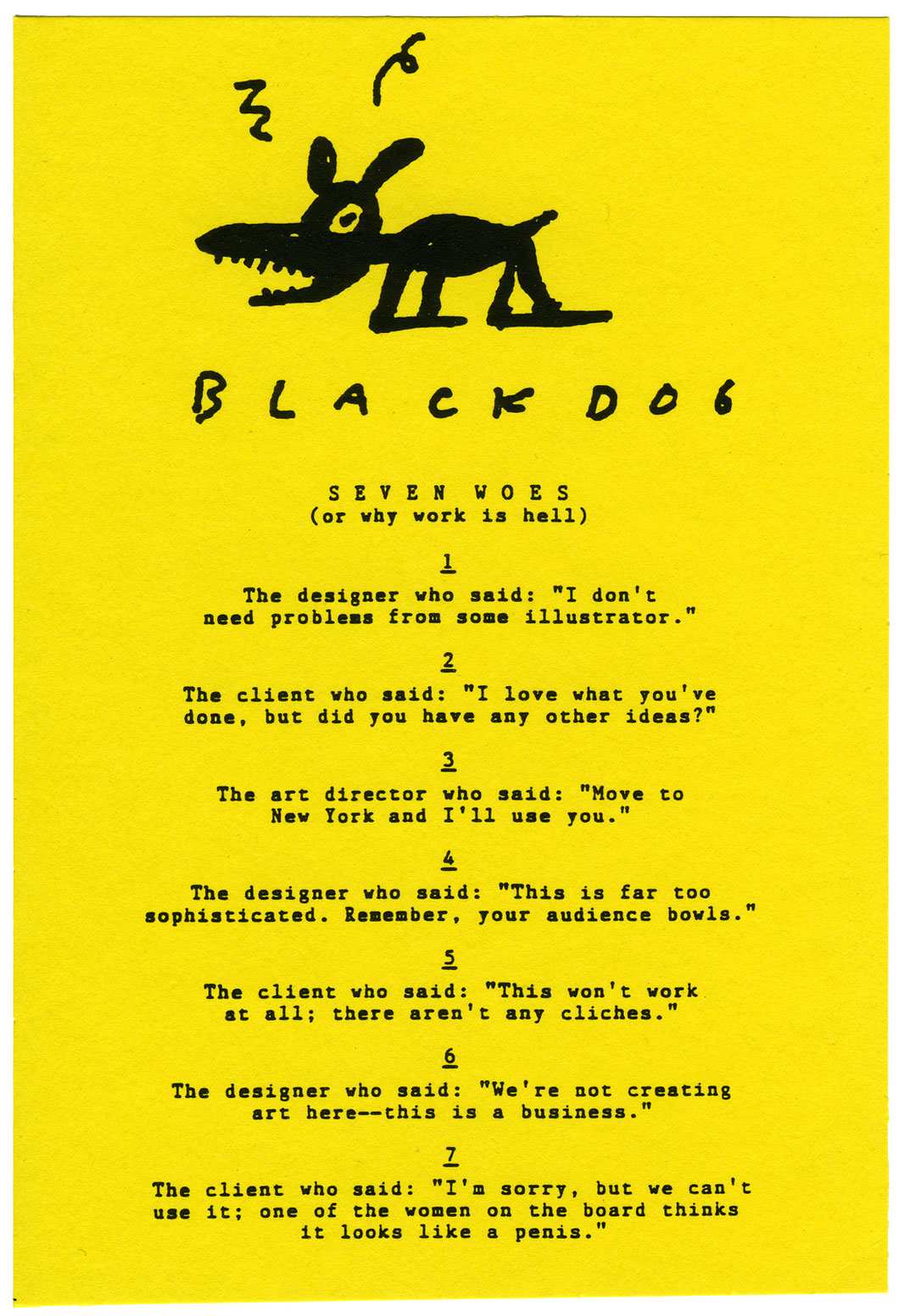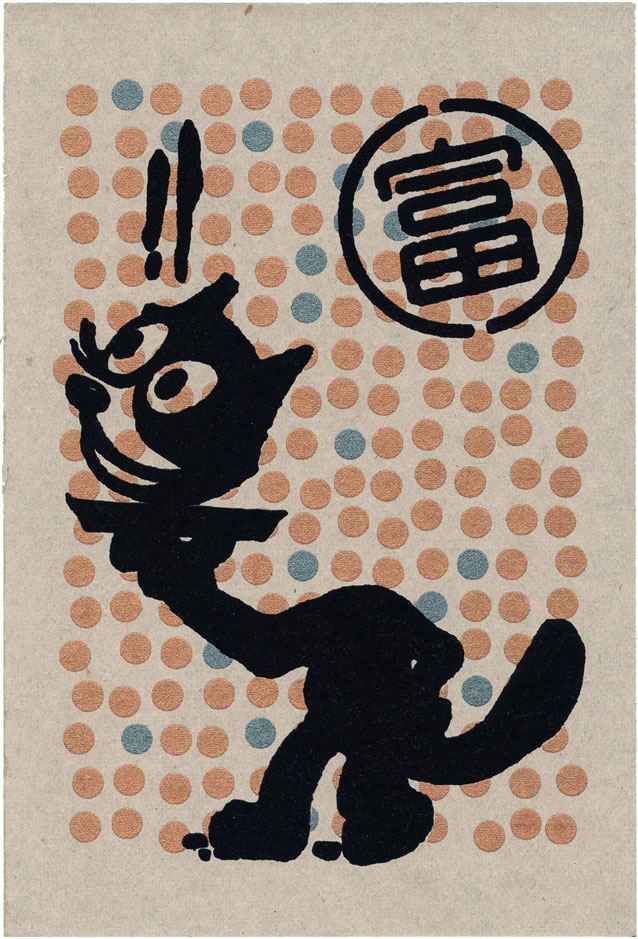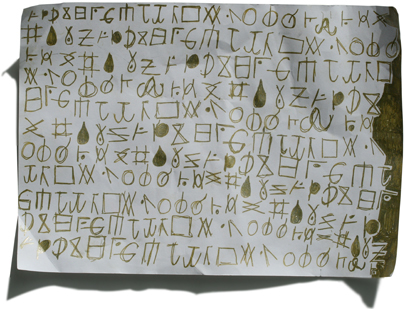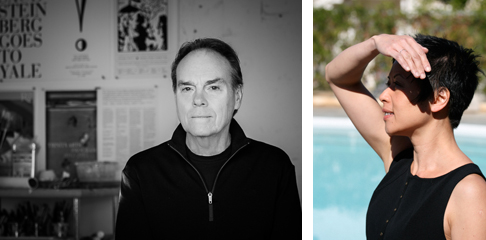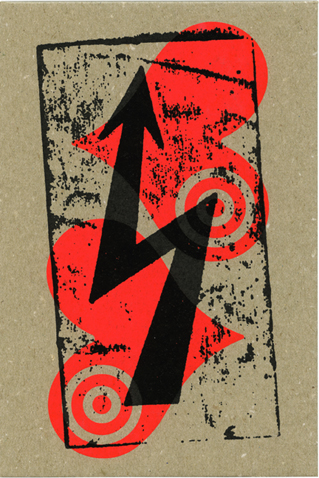
One of six assemblage paintings from the series “Unhelpful Instructions”
“Off-Duty” is a modest show of our work that includes assemblage paintings and limited-edition prints—work that we make in our off-hours, when we don’t have to be clear—or helpful.
On exhibit at The Bench Gallery from January 6 to February 16.
See all six assemblage paintings from the series “Unhelpful Instructions” under Design is Play Studio Systems.


